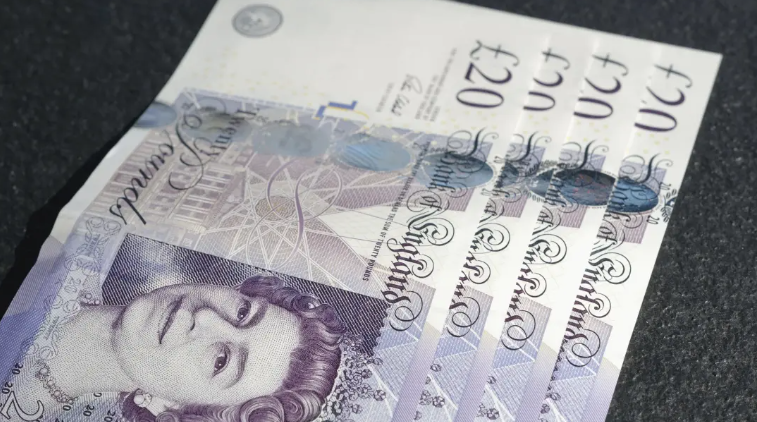Money serves as a medium of exchange, unit of account, and store of value in economic transactions. While cash is the most common form of money, there are various types of money used in modern economies. In this article, we’ll delve into the four primary types of money and examine their characteristics, functions, and roles in the economy.

1. Commodity Money:
Bartering, exchanging goods or services directly without the use of money, has been a fundamental practice throughout human history. Commodity money emerged as a natural evolution of this system. Utilizing tangible goods with intrinsic value as a medium of exchange. This early form of currency relied on the inherent worth of the commodity being traded. It facilitated transactions based on mutual agreement of value.
Gold and silver, prized for their rarity, durability, and intrinsic value, were among the earliest and most widely used forms of commodity money. These precious metals served as universal mediums of exchange, accepted across cultures and civilizations for thousands of years. Additionally, commodities such as salt and spices, were valuable due to their scarcity and utility. They also functioned as forms of commodity money in various societies.
- Advantages: Holds inherent value, easily recognizable, and portable.
- Disadvantages: Inconsistent value fluctuations, inconvenient storage, and prone to theft or loss.
2. Fiat Money:
In the contemporary world, fiat money has become the predominant form of currency, issued and regulated by governments and central banks. Unlike commodity money, which derives its value from the intrinsic worth of a physical commodity, fiat money’s value is based solely on government decree and public trust. Banknotes and coins, devoid of intrinsic value, serve as symbolic representations of value and purchasing power, backed by the issuing government’s authority.
The transition to fiat money marked a significant departure from earlier monetary systems, offering greater flexibility and control over the money supply. Governments and central banks can adjust the supply of fiat currency in response to economic conditions, enabling them to implement monetary policy objectives such as price stability, full employment, and economic growth. This ability to manage the money supply plays a crucial role in stabilizing economies and mitigating the impact of economic shocks and fluctuations.
- Advantages: Easier to manage and transport, readily available, and value is relatively stable within a nation.
- Disadvantages: Susceptible to inflation if not managed properly, relies on public trust in the government, and can be counterfeited.
3. Fiduciary Money:
Think checks, credit cards, and online payments – these represent the realm of fiduciary money. This type relies on trust and promises, acting as a claim on stored value. When you write a check, you’re essentially promising the recipient access to funds held by a bank.
- Advantages: Convenient for transactions, promotes efficiency, and allows for credit purchases.
- Disadvantages: Requires trust in financial institutions, vulnerable to fraud or system failures, and can exacerbate debt issues.
4. Commercial Bank Money:
Modern economies rely heavily on loans and credit created by commercial banks. This type isn’t physical currency but rather entries in bank ledgers reflecting debt owed by borrowers. When a bank grants a loan, it essentially creates new money within the economy.
- Advantages: Fuels economic growth by providing access to capital, promotes flexibility and innovation, and allows for large-scale transactions.
- Disadvantages: Can contribute to inflation if not managed responsibly, relies on the stability of the financial system, and can create systemic risks if debt becomes unsustainable.
Conclusion
Understanding the four types of money—commodity, fiat, representative, and digital/cryptocurrency—provides valuable insights into the evolution of monetary systems and their roles in modern economies. While each type of money has its characteristics and functions, they collectively serve as essential mediums of exchange, facilitating economic transactions and fostering growth and development. As the financial landscape continues to evolve, it’s essential to grasp the nuances of different types of money to navigate the complexities of global finance effectively.

